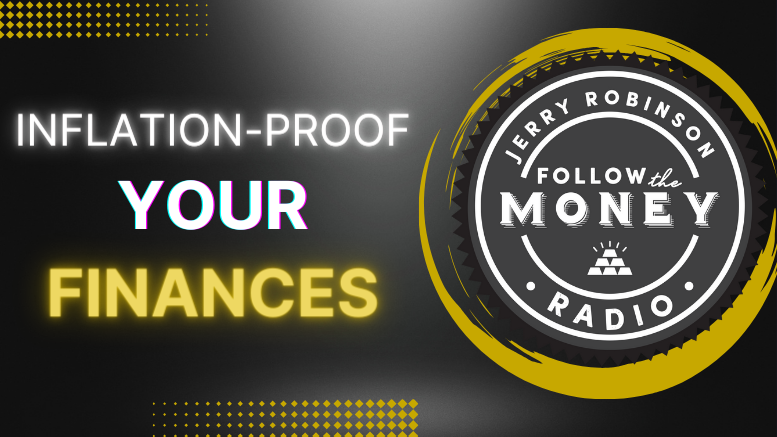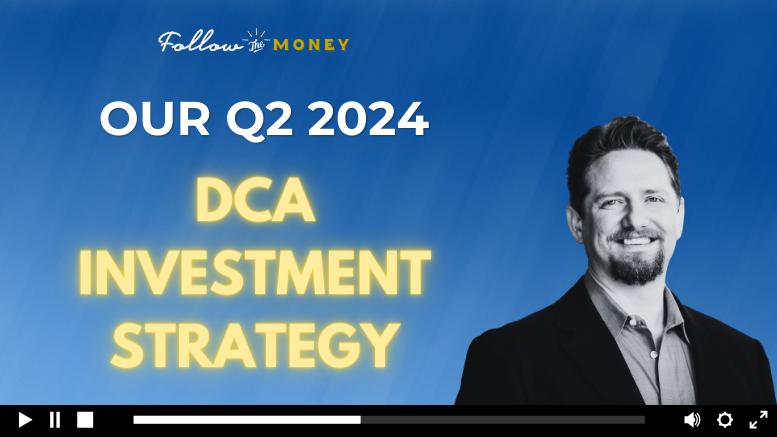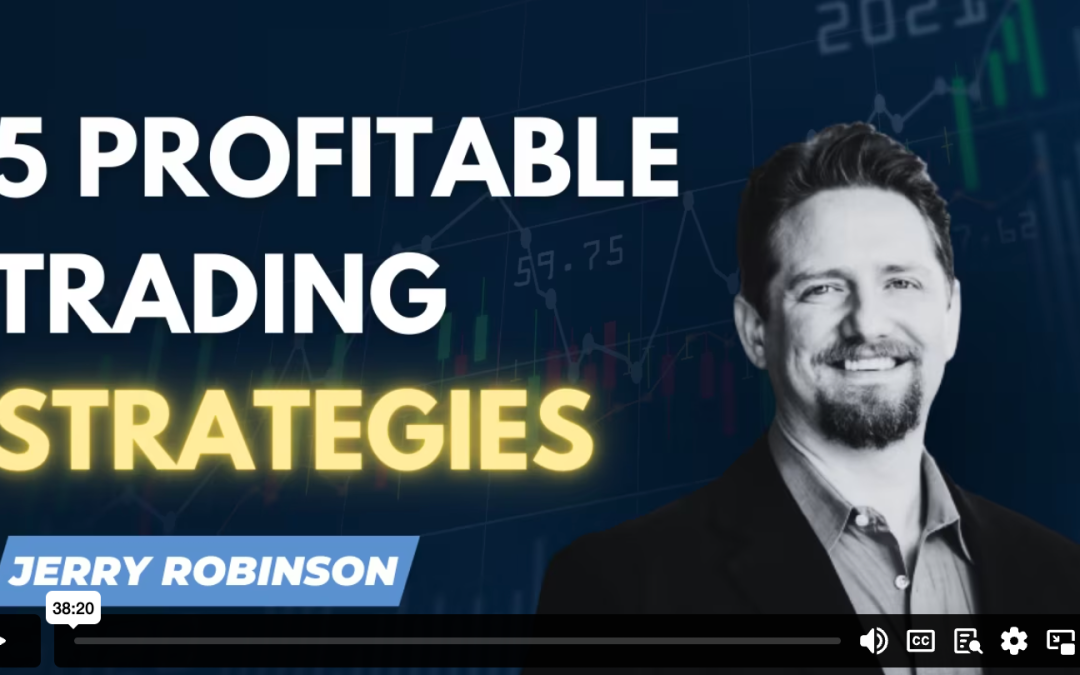by Jerry Robinson
What is Trigger Trading?
Trigger Trading is a momentum-based swing trading system that I developed several years ago to earn a consistent daily income stream from the financial markets. Ironically, I did not set out to create a unique swing trading system. Over the years, however, my approach to trading had become so systematic and methodical — and so consistently profitable — that I decided to begin sharing it with a handful of close friends and associates. Several years later, I am still using this same system and the results have been excellent. You can see our recent trading track record here.
I traded my first stock in the late 1990’s. My goal with trading has always been to carve out a little bit of profit from the market every single week. By doing this, I have been able to create a systematic income stream from trading.
What I learned early on in my trading career was that emotion and trading do not mix well. In order to truly succeed as a trader, you must eliminate nearly all emotion from your trading decisions. There is no emotion involved in this trading method. The stock either “triggers” or it doesn’t.
And if it doesn’t, who cares? After all, there are well over 8,000 other stocks to choose from in the financial universe.
Every single day, trillions of dollars are been exchanged in the financial markets. My goal is to simply take a little piece of that money every single day.
Every morning, I provide a list of stocks that I am watching that day, along with their trigger prices, in the members-only area of our website.
What is a Trigger Price?
What exactly is a “trigger” price? Think of a trigger price as an alarm. When the stock reaches the “trigger” price, it sets off an alarm, or an alert, that the stock is now worth watching. In other words, until a stock is able to reach its trigger price, I am not interested in buying the stock. But once a stock “triggers” by reaching its trigger price, it then becomes a potential candidate for trading.
Remember, a “trigger price” is not the same as the “buy price.”
Why Use a Trigger Price?
Over my 20+ years of trading, I have examined tens of thousands of stock charts. As I began accumulating more and more trading capital, I learned that I hated to lose money on a “dumb” trade. And believe me, I made many dumb trades early in my trading career. (In fact, anyone who has been trading for a while should have some really dumb stories to share if they are being honest.) But I have always considered my trading losses to be my tuition on Wall Street. And if my losses have taught me anything, it is that the success of any trade is nearly 100% dependent upon the entry price, not the exit price. (This is not to say that your exit price is not important. However, it should be pre-determined before you even place the trade. Learn more about setting an exit price for a stock here.)
If you desire to be a great trader, I encourage you to write this sentence down somewhere and keep it near your computer.
The success of any trade is nearly 100% dependent upon the entry price, not the exit price.
The Secret Ingredient= Momentum
Because this trading method seeks quick profits, it is important to find stocks that are moving and that are displaying momentum. This is exactly what the trigger price is all about: identifying momentum. It’s really that simple. If a stock does not reach my trigger price, then it has no upward momentum. And without upward momentum, there will be no quick profits.
A Textbook Trigger Trade
As I have stated, the Trigger Trading system is quite simple to grasp and involves little to no emotion. Now, let me show you a chart of one of our profitable trades from this month. It is a stock chart for Kincross Gold (ticker: KCG). When I placed this in our members-only section, I listed it along with a trigger price of $8.60. Take a good look at this chart before we continue.

(View larger image)
Now that you have seen the chart, let’s dissect it. I have marked each of the important events on the chart with a letter and will explain each of those events below.
A. You will notice that the stock broke the $8.60 trigger price very early in the day. However, one of my trading rules when using the Trigger Trading system is to never trade in the first 30 minutes of the market open. Why? Because the first 30 minutes of trading is often needlessly chaotic. It is a time when yesterday’s buyers are trying to close out positions and new buyers are trying to come into the market. While there is no doubt that this can be an exciting trading time, it is also a time of general confusion. Gains and losses during the first 30 minutes of the market’s open are difficult to learn from because they occur so randomly. I prefer to wait out the early chaos and enter once the market has smoothed out. I ignore all “triggers” within the first 30 minutes of the trading session.
TRIGGER TRADING RULE #1 – Ignore any trigger price that is reached within the first 30 minutes of the market open.
B. You will notice that just after 10am EST, the stock touches the “trigger” price and then bounces back down as if it had hit a hard ceiling. This is a very important moment on the chart. It is telling us that $8.60 is still an area of resistance. We will not buy this stock just because it touches the trigger price and bounces back down. Instead, we are looking for a meaningful interaction with the trigger price followed by a “breakthrough” of the trigger price.
TRIGGER TRADING RULE #2 – Don’t buy a stock just because it reaches a “trigger” price.
C. At 2pm EST, after meandering throughout the day in a sideways fashion, KGC finally made a very strong push upwards and sailed right through the trigger price of $8.60. Now, this stock has our attention. We will drop everything we are doing and get ourselves prepared to purchase the stock. But before we place the trade, we need to see if this momentum is for real, or if it is just a “fake out.”
TRIGGER TRADING RULE #3 – Only when a stock crosses through a “trigger” price does it deserve your full and immediate attention.
D. This is the most important moment on the entire chart. It occurs just after a meaningful breakthrough of the trigger price. Notice that the stock comes back down and “dances” along the trigger area for several minutes before breaking out to the upside again. You should note that not all stocks will perform this “dance” along the trigger area once crossing over. Sometimes they will just keep rising. At other times, they will quickly fall downwards (as it did on arrow “A”).
TRIGGER TRADING RULE #4 – The moments just after the stock crosses up through the trigger price are the most important.
E. Notice that after the stock dances along the trigger area for a few minutes, it gains momentum again and makes a strong move upward. This moment is the “buy signal.” The stock has met the trigger price, which is typically an area of resistance, and it has negotiated its way above it in a meaningful way. If this does not occur within a period of 20-30 minutes, then the trend is likely dead. If the momentum is real, it should translate into a move higher within just a few minutes after dancing in the trigger area.
TRIGGER TRADING RULE #5 – The buy signal typically occurs within seconds, or a few minutes, of the price crossing above the trigger price.









